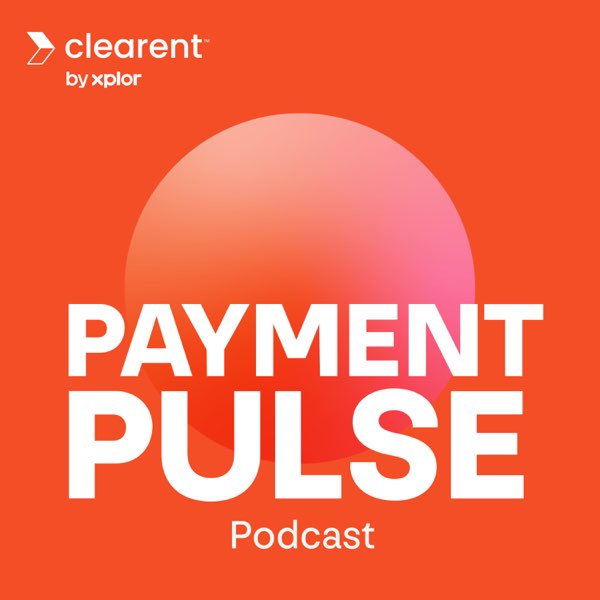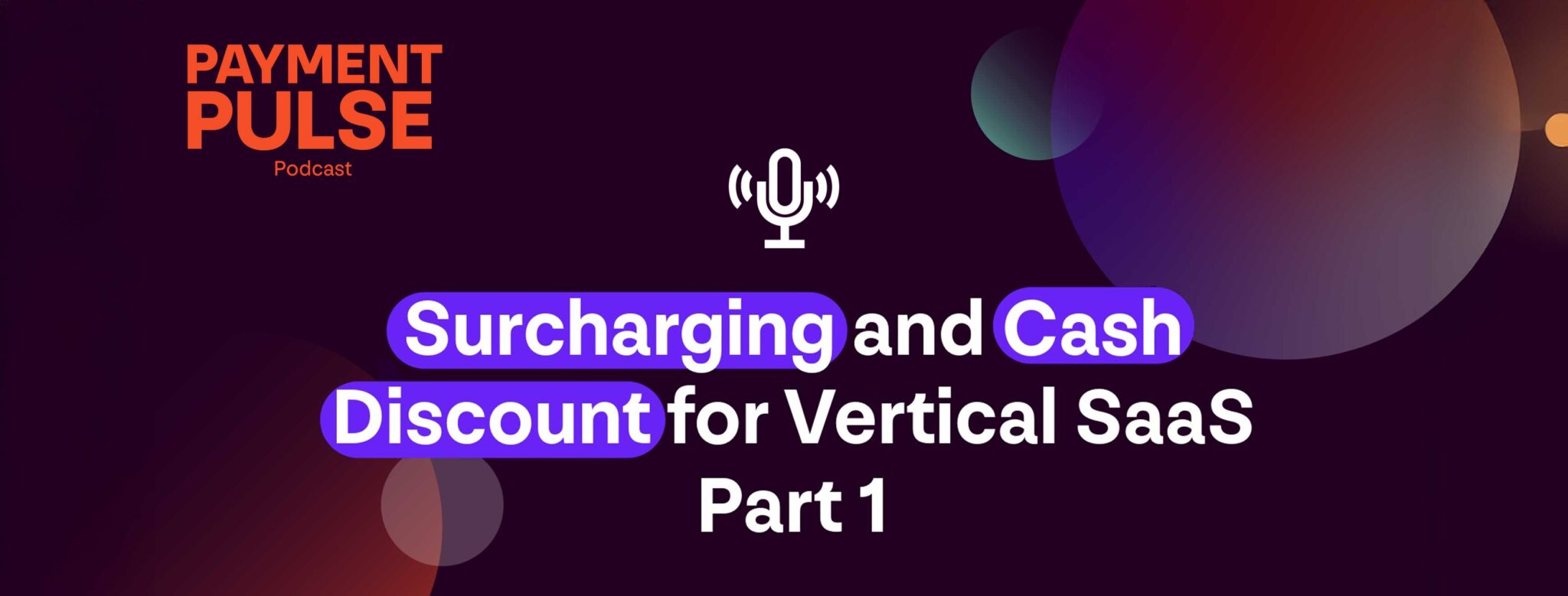
Surcharging and Cash Discount for Vertical SaaS
Part 1
Payment Pulse: The Power of Social Proof: Learn how influencer endorsements, online reviews, and peer behavior shape our buying habits.
Status Spending and Luxury Psychology: Understand why consumers use high-end payment methods to signal prestige and how brands capitalize on the “Keeping up with the Joneses” mentality.
FOMO and Impulse Purchases: Explore the role of limited-time offers and BNPL services in reducing purchase friction and triggering rapid spending.
Digital Trends on Social Media: See how platforms like Instagram, TikTok, and YouTube are revolutionizing product discovery and checkout experiences.
Cultural Influences on Spending: Discover how global payment preferences vary and why adapting to local norms is key for businesses expanding into new markets.
Also Listen On:
Episode Transcript
Steve: Welcome to Payment Pulse, where we aim to humanize and simplify the complex world of payments. My name is Steve, and today we’re joined by two of our executive leaders here at Xplor Pay. We have Matt Marorrow, the President of Payments at Xplor Technologies, and Chris Ryan, our Chief Risk Officer—bringing a combined 30+ years in the payments industry. Really appreciate you both taking the time to join this conversation.
This topic has been getting a lot of attention in the industry. Today’s episode covers surcharging, cash discounting, and dual pricing for vertical SaaS providers. There’s a lot to cover, so we’ll likely break this into multiple parts. I’ve got a list of questions, and we’ll treat this like a panel—jump in as you’d like. Some risk-related questions will naturally go to Chris.
To start: why are pricing models like surcharging, cash discounting, and dual pricing gaining so much attention from merchants and software platforms?
Matt: I’ll take that. Small and medium-sized businesses are looking to control costs. Cost of acceptance is one they historically couldn’t do much about. As alternative pricing programs have become available—and the rules better understood—we’re seeing mass adoption in certain segments and markets. The number one reason: businesses don’t want to pay the full cost of card acceptance and are looking for ways to offset it.
Steve: Great. Let’s get into the differences among the three. Can you highlight surcharging, cash discounting, and dual pricing and the nuances between them?
Matt: Sure. The easiest to see as a consumer is surcharging when you present a credit card, there’s an additional cost. The consumer pays more—that’s key in the rules—and it must be properly disclosed. The merchant must notify their acquirer and their customers that they’re in a surcharging program, it’s credit-only, and the amount is capped at 3%. You might see some restaurants apply a general “service fee” to all transactions—cash, debit, credit—that’s different and can be confusing. What we’re talking about is a registered surcharge on credit transactions only, up to 3%, disclosed in advance. For example, a $100 pair of shoes becomes $103 for a credit card.
With dual pricing, think highway gas-station billboards: two prices shown—cash and card. It requires 100% disclosure: every item subject to dual pricing needs two prices listed side-by-side. The effect is still that card costs more, but the delivery is different. It’s not a capped fee; the merchant can set price differentials based on competitive dynamics.
Cash discounting essentially takes the higher price from the dual-pricing concept and says: “All prices are the card price; pay cash and get a discount.” Usually there’s signage at the door/register: “Pay cash and get X% off.” It’s distinct from a surcharge because the consumer experiences a discount for cash rather than an add-on fee for card—even if the math can look similar. From a rules perspective, that distinction matters.
Steve: Chris, anything to add?
Chris: Signage and disclosure are critical. Make sure signage is at entry points and at the register. If you display prices, display the higher price and come down from it where appropriate. Cardholder disclosure is the core.
Steve: Why has surcharging become such a focus for software providers—something they want to enable and potentially monetize?
Matt: A few reasons. First, business owners are asking for it. Many businesses run on vertical SaaS now, so they bring that request to their software partner—“I need the software to support this and reconcile properly.” Second, it can be healthier for the industry if done right: software-controlled workflows and on-screen disclosures reduce non-compliance. Third, price sensitivity shifts; in some segments, software providers see a margin opportunity, or they can charge for features that enable these programs (e.g., dual-pricing requires maintaining two prices across the entire inventory).
Steve: Big misconceptions software providers have—especially surcharging vs. discount-based models?
Matt: We’ve seen platforms add a generic “fee” feature and merchants misuse it as a surcharge—without being registered or following rules. A merchant might add a “+3%” line whenever a card is presented. That’s a fast path to non-compliance. Another misconception: ignoring state-level nuances. Some complexity isn’t ours to simplify—card-brand rules and state/local laws differ, and providers must account for that.
Steve: That segues to legality. Chris, where are these models legal/not legal?
Chris: It’s complex. Some states say flatly no surcharging (e.g., Massachusetts, Maine). That’s straightforward to handle in checkout logic. Complexity comes from states with caps or cost-of-acceptance limits (e.g., Colorado). This is where we add value during integration: we bring the rule set, help design the flow, and keep providers current as things change.
One thing we do well at Xplor Pay is help vertical SaaS partners go to market. Some partners aren’t payments experts and don’t want to be. Our sales teams, trained with risk, bridge gaps—for example, knowing what will or won’t fly in Colorado—plus our boarding tools help catch issues. Sometimes it’s best to lean on a specialist.
Steve: From a marketing angle, education is key—which is why we’re doing this podcast and write so many blogs. Let’s talk implications for software providers. What role should a SaaS platform play in enabling or managing these models for their merchants?
Matt: First: education. This isn’t just toggling a field at checkout. Teach merchants what compliance looks like or they risk fines. The ecosystem wants cardholders treated fairly and consistently. Work with your payments partner to build educational content, checks, and balances—blogs, FAQs, in-app guidance—focused on using the software compliantly. That keeps everyone in good standing and avoids costly errors. Compliance is, in many ways, error-avoidance.
Steve: Chris, follow-up?
Chris: Build a robust logic tree. Consider every path a transaction can take based on payment type and the program you’re implementing. Ensure full disclosure as the customer moves through the flow. We can review those trees and offer consultative guidance.
Steve: That’s a good breaking point for part one of this micro-series on surcharging, cash discounting, and dual pricing. In part two, we’ll dive into how SaaS platforms can implement these programs and generate revenue from them safely and compliantly.
Thanks for listening. Drop questions and comments—we’d love to continue the conversation and address specifics directly. Thanks, Matt and Chris, for the time. We’ll see you very soon.
Article by Xplor Pay
First published: July 03 2025
Last updated: December 15 2025

